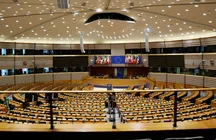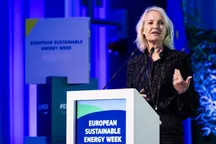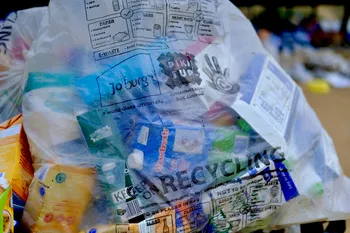Low-carbon hydrogen, produced via methods such as proton exchange membrane water electrolysis (PEMWE), offers a promising alternative to fossil fuel consumption in various energy sectors. However, the practical implementation of the clean energy transition requires: (i) sustainable supplies of critical raw materials such as platinum group metals (PGMs) and (ii) strategic processed materials such as fluoropolymers. Increasing material recycling rates can: (i) reduce environmental impact, (ii) enhance production efficiency, and (iii) create new jobs. These outcomes are aligned with the European Commission's goal to strengthen European value chains. Additionally, the European Commission and industry stakeholders aim to increase electrolyser manufacturing capacities tenfold by 2025 to support the EU's target of 10 million tons of renewable hydrogen production by 2030 (REPowerEU)[1].
The core and key component of Proton Exchange Membrane Water Electrolysers (PEMWEs) is the catalyst-coated membrane (CCM). To facilitate water splitting into its constituent elements (i.e., hydrogen and oxygen), iridium (Ir)-based catalysts at the anode, platinum-based electrocatalysts at the cathode, and a proton exchange membrane (PEM) are utilised. Furthermore, state-of-the-art membranes are based on perfluorosulfonic acid (PFSA) polymers.
Currently, no viable alternatives to Ir as an electrocatalyst provide the same efficiency and durability under the high-voltage and acidic conditions prevalent in
...






